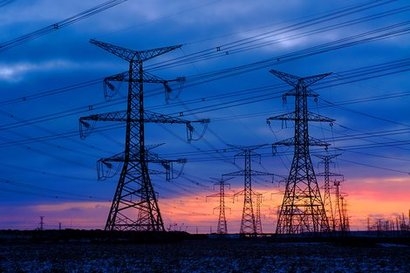
The two substations consist of a 400/220 kV air-insulated substation in Koppal and a 400 kV gas-insulated substation in Narendra. The contract also includes the supply of two 125 MVAR 400 kV reactors for each substation.
GE’s multi-million dollar contract with ReNew Power is part of the Narendra-Koppal transmission scheme. The scheme in turn is part of the planned interstate-based evacuation infrastructure that will create 66.5 GW of renewable energy zones in India. The Narendra-Koppal project, involving the evacuation of 2.5 GW from wind energy zones in Karnataka, is part of the first of three phases of the overall project.
This is Grid Solutions business’ third substation project with ReNew Power.
“We are delighted by ReNew Power’s continued confidence in our innovative technology, as well as engineering and service capabilities” said Pitamber Shivnani, Regional Leader for Grid Solutions in South Asia . “We look forward to helping accelerate the energy transition in India by helping to evacuate more renewable energy from the southwestern part of the country with these substations.”
Ajay Bhardwaj, President, New Business of ReNew Power, added that the company is committed to leading India’s transition away from fossil fuels and meeting the rising demand for energy in a sustainable manner by delivering cleaner and smarter energy choices and thereby reducing India’s carbon footprint.
GE is expected to complete its work in three phases - two in December 2022 and one in August 2023. All products are being manufactured in India, for India.
With a persistent focus on decarbonisation and round-the-clock power, the Indian energy landscape is undergoing significant positive transformation. The country has committed to install 175 GW of renewable energy by 2022 and more than double its non-fossil fuel target to 450 GW by 2030. India has already achieved a milestone of 100 GW of installed renewable energy capacity, as of September 2021. Presently, it ranks 4th in the world in terms of installed renewable energy capacity and ranks 5th in terms of solar capacity and 4th in terms of wind capacity.
For additional information:

